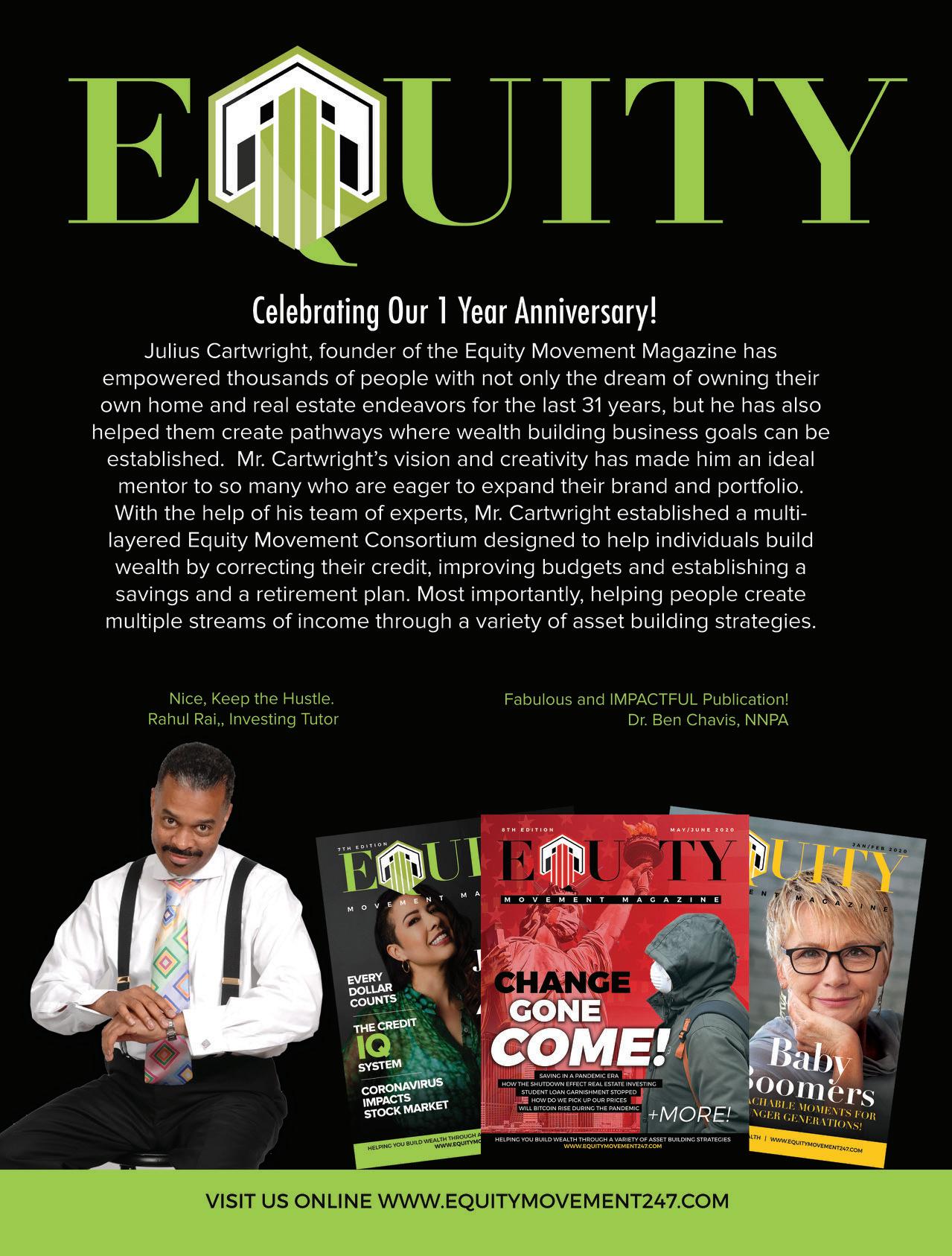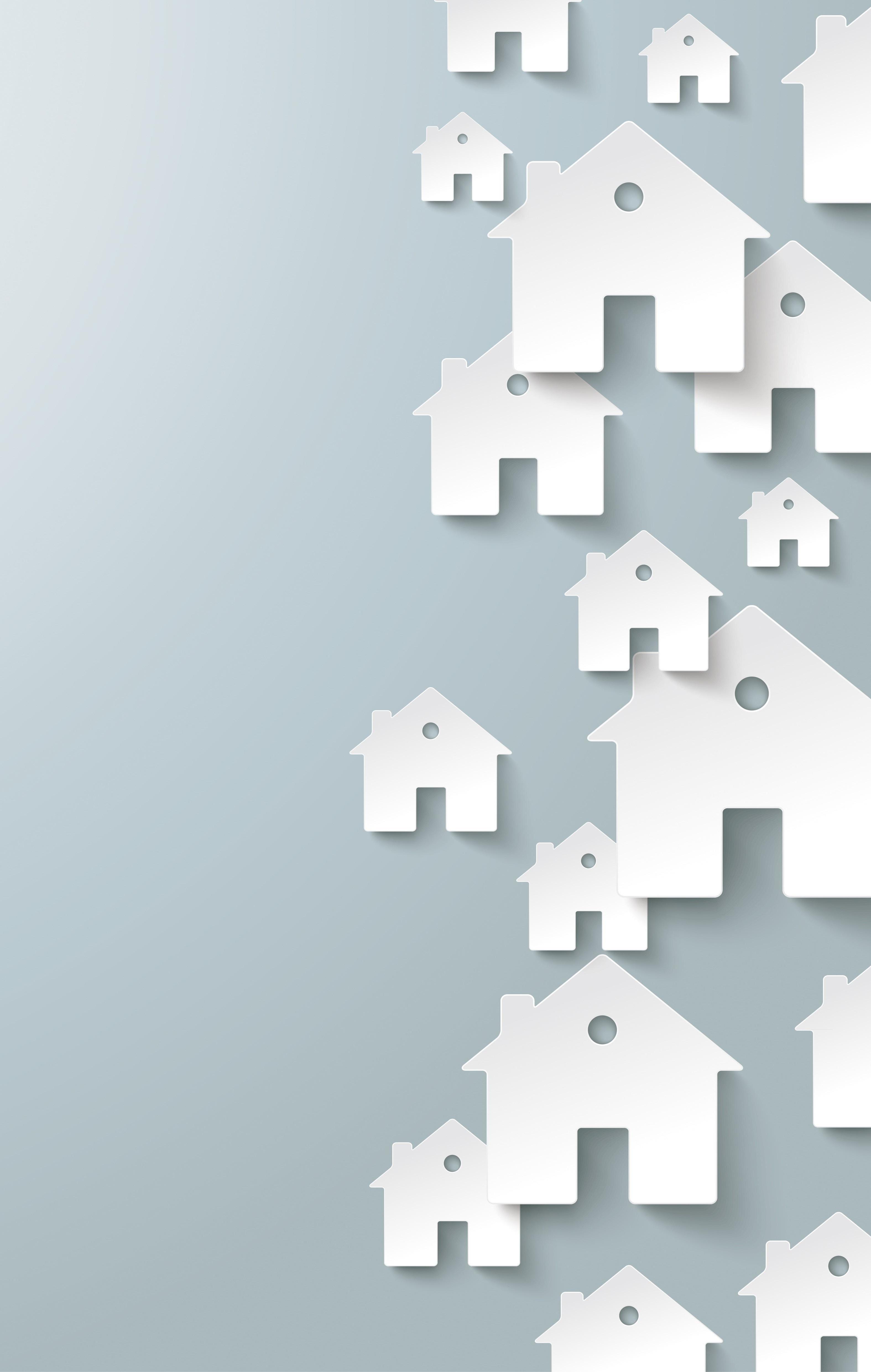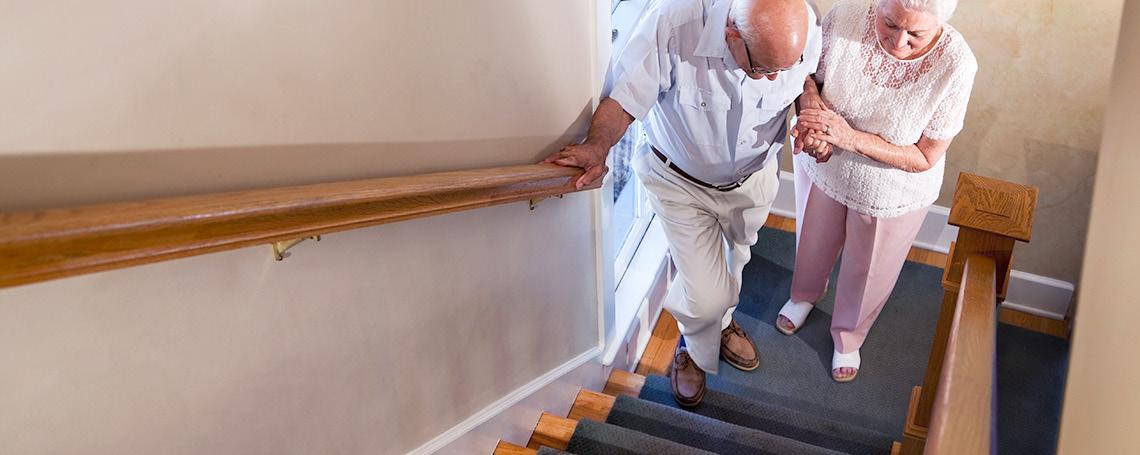
5 minute read
Fed officials worried that lack of help
FED OFFICIALS WORRIED THAT LACK OF HELP FROM CONGRESS WILL THREATEN RECOVERY, MINUTES SHOW
Since the U.S. economy was gradually reopened a couple of months ago, it has been showing signs of recovery.
Millions of jobs have been brought back, as millions of businesses across the nation resume operations. At the same time, millions of other Americans still remain unemployed as the pandemic continues to persist. At the same time, money from the government stimulus packages is slowly drying up from people’s pockets.
While all this is dawning on the unemployed Americans, the Fed officials have begun raising concerns from the threat posed on the economic recovery process. The officials are worried that a lack of another round of fiscal stimulus is a huge threat that would jeopardize the process of economic recovery that is moving faster than expected, according to minutes released on October 7, 2020, from the bank’s September meeting.
In the September meeting, members extensively discussed the economic outlook, as they cited the economy was doing better than expected in good part due to the fiscal help provided by Washington. The minutes outlined the recovery in GDP as that point as being “rapid.”
The fiscal help from Washington is currently in jeopardy as talks between the White House and congressional Democrats have broken down and are likely not to resume before the November elections.
“Many participants noted that their economic outlook assumed additional fiscal support and that if future fiscal support was significantly smaller or arrived significantly later than they expected, the pace of the recovery could be slower than anticipated,” the meeting summary stated.
According to officials, small businesses
and farmers received so much support that saw them regain more jobs than expected through August.
For that reason, “the absence of further fiscal support would exacerbate economic hardships in minority and lower-income communities,” the minutes said.
During the meeting, members also moved to incorporate recent changes on the Fed’s approach to inflation, and what it would take to justify rate hikes in future. Markets have been seeking for enhanced forward guidance on what particular benchmarks the FOMC would deploy as criteria. However, members agreed that the new language indicating a target of inflation averaging above 2% for a period of time would be enough.
“Most participants supported providing more explicit outcome-based forward guidance for the federal funds rate that included establishing criteria for lifting the federal funds rate above the [current level near
zero] in terms of the paths for employment or inflation or both,” the minutes said. “However, with longerterm interest rates already very low, there did not appear to be a need for enhanced forward guidance at this juncture or much scope for forward guidance to put additional downward pressure on yields.”
In the past, the Fed had described its inflation target as being “symmetric,” meaning that it would go above or below the 2% target. The new description makes it more straightforward that the Fed is targeting at least 2% inflation.
Work cited.
https://www.cnbc.com/2020/10/07/fed-minutes. html#:~:text=Federal%20Reserve,Fed%20officials%20 worried%20that%20lack%20of%20help,will%20threaten%20 recovery%2C%20minutes%20show&text=Federal%20Reserve%20officials%20at%20their,aid%20would%20 decrease%20or%20disappear.
RECENT U.S. HOMEOWNERSHIP GAINS DRIVEN BY LATIN AMERICANS
In recent years, the U.S housing market has been pretty interesting, not to mention the 2020 one. Zillow’s housing data has shown that homeownership among the Latin-Americans has recorded more gains than any other group.
Approximately 18% of the American population identifies as Latin. Yet, this considerably small number has accounted for more than 60% of new U.S. homeowner gains over the past decade. That growth has pushed the Latin homeownership rate to 48.9%, the highest level recorded since 2008.
In the context of the housing bust during the Great Recession, when Latins suffered a large blow, the Latin homeownership growth in recent years becomes more striking. Reports have revealed that less than 10% of all U.S. homes are in Latin communities, while at the same time, 19.4% of all homes foreclosed between 2007 and 2015 were in the same neighborhoods.
”While Latin households have made recent gains in ownership, longstanding inequities in intergenerational wealth and other systemic barriers continue to impede Latin-Americans from reaching parity with the U.S. population as a whole,” says Manny Garcia, population scientist at Zillow. ”Latin home buyers are more likely to face challenges during the process, with financing the purchase often reported as a primary concern. Even within the Latin community, wealth inequality could help explain the varying homeownership rates of people of different origins.”
Far from the recent gains, the Latin homeownership rate continues to fall behind more than 10% points behind the Asian, Native, Hawaiian, and Pacific Islander households’ rates, and 25% behind non-Latin white households. This is majorly attributed to the disparities in household wealth. A typical Latin household earns about 75% of a typical white household as of 2018, but that typical white household had more than eight times the overall wealth amount. Moreover, reports indicate that those who moved to the U.S. more recently are less likely to become homeowners. Perhaps, this explains why the homeownership rate among the first-generation LatinAmericans, which is at 46%, is lower than other generations (50%). Latin-Americans of Spanish origin holds the highest homeownership rate at 63%, while those from Dominican origin have the lowest at 29%.
Latin homebuyers are more likely to be buying a home for the first time, with 56% reported buying their first home, compared to 43% of buyers overall. However, first-time homebuyers face greater financial hurdles as most don’t have access to equity from previous home purchases to cater for a down payment and almost always finance their home purchase with a mortgage. Moreover, Latin homebuyers get denied by lenders at a higher-than-average rate, with 60% citing their concerns about qualifying for a mortgage at all.
To become homeowners, Latin homebuyers more often pause other milestones due to the financial burden. 28% of Latin homeowners than average have reported that the cost of buying a home delayed led to delayed marriage plans. The reported gains driven by LatinAmericans comes amid growing homeownership racial disparities. The disparities are attributed to the same root causes, such as redlining and systematic discriminatory practices, whose solution could be the establishment of fair and just systems that do not discriminate against anyone.
Work cited.
https://www.worldpropertyjournal.com/realestate-news/united-states/miami-real-estate-news/ real-estate-news-latin-homeownership-data-for2020-zillow-housing-data-latin-home-buyer-reportcurrent-home-prices-12173.php#:~:text=About%20 18%25%20of%20the%20U.S.,the%20highest%20 level%20since%202008.











